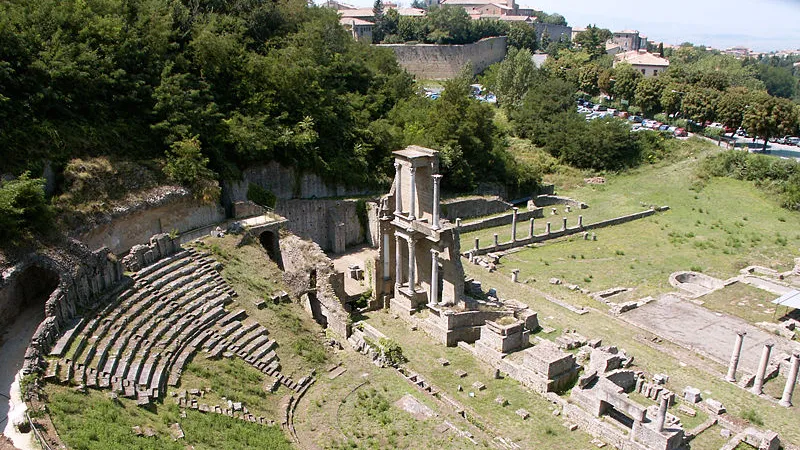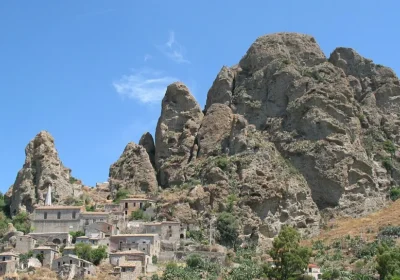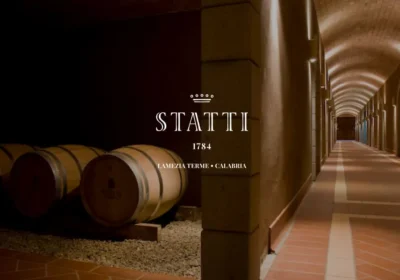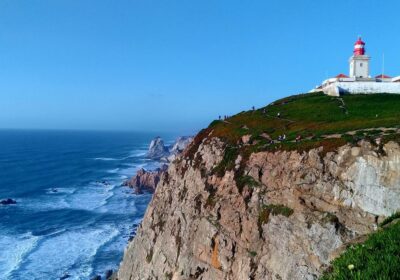Tour of Volterra.
This tour is conducted by car.
80 kilometres from Florence is a city of Etruscan origin. The Etruscans are one of the most ancient and mysterious peoples who lived in the first millennium BC in the central part of the Apennine Peninsula and left a rich cultural heritage.
The town is situated on a steep hill overlooking the Cecina and Era valleys. At the turn of the fifth-fourth centuries BC, the city was the residence of one of the twelve high magisters of the Etruscan cities. It was surrounded by a seven kilometre perimeter wall. During the Middle Ages, a fortress was built here, which became magnificent thanks to Lorenzo
Medici: additional watchtowers and covered passages were built at his will. Crafts flourished in Volterra during the Etruscan period.
Testimonies of former craftsmanship are preserved in the collections at the Museo Guarnacci. These include tufa, alabaster and terracotta urns with extraordinary decoration, votive statuettes and bronze utensils.
The heart of the city is the Piazza della Priora. The centrepiece of the square is the palace, built in the 12th century, which housed the government. Behind the palace you can see the Cathedral of the Assumption of St Mary (XII-XIII). A tour of its interior is highlighted by the ambo (XIII century) and the painted wooden sculpture of the “Deposition from the Cross”, a masterpiece of Romanesque sculpture.
The same subject is the subject of the painting “Deposition from the Cross” by Rosso Fiorentino, a valuable exhibit in the city’s Picture Gallery, where works by Domenico Ghirlandaio and Luca Signorelli are also on display.
The 16th-century palace of the Incontri Viti houses remarkable collections of porcelain, oriental wares and alabaster figurines.
In the small square of St Michael the Archangel, the Toscano Tower House and the Church of St Michael the Archangel with its beautiful Romanesque façade stand out.
In the archaeological area you can admire the ruins of the Roman Augustinian Theatre and the ruins of the 4th-century thermae.
In the Archaeological Park of Enrico Fiumi you can see the ruins of the Etruscan-Roman acropolis.
In the surrounding area you can visit the “balce”, the cliffs formed by landslides.

















